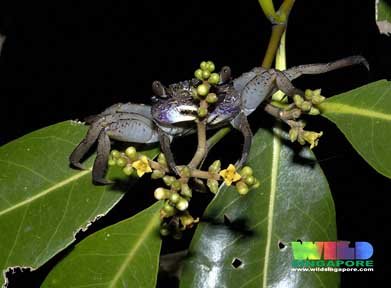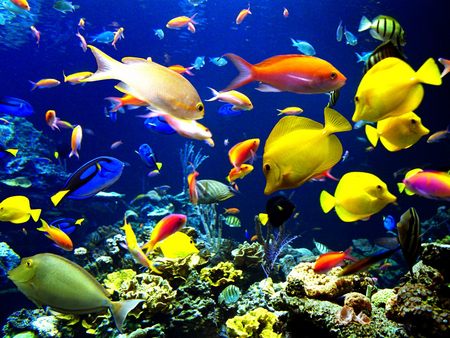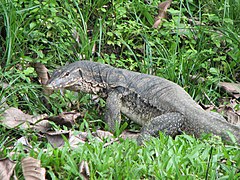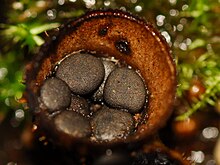Team members
Names / Roles:
- [Simin] (Leader)
- [Seet Jun] (Wiki Writer)
- [Desiree] (Researcher)
- [Auni ] (Researcher)
[Hurin ] (Researcher)
Overview
Mangrove Swamp are coastal wetlands, usually found in tropical regions. Mangrove tress have roots to protect the coast from erosion and storm damage. Mangrove swamps usually have a mixture of salt and fresh water and are known for having an impenetrable maze of woody vegetation . Attap seed and mud creeper can be found in the mangroves. The mangrove are often thought of as a place that is muddy, smelly and filled with mosquitoes and dangerous animals like snake and crocodiles. This could not be more wrong! The mangrove are VERY IMPORTANT to us because these forests have provided us with food, products and even protection from natural disasters! Mangrove swamps are extremely important. They function has nurseries for shrimp and recreational fisheries; it also exports organic matter to adjacent coastal food chains, and enormous sources of valuable nutrients. Their physical stability helps to prevent shoreline erosion, shielding inland areas from severe damage during hurricanes and tidal waves.

Physical Factors
- Mangroves perform a vital ecology role providing habitat for a wide variety of species.
- Mangroves are faculty halophytes , meaning they have the ability to grow on fresh or salt water , depending on which is avaible.
- They are usually flooded by brackish or salt water.
Classification of Living Organisms

Mangrove Leaves (producer)
Mangroves are various kinds of trees up to medium
height and shrubs that grow in saline coastal sediment
habitats in the tropics and subtropics.

Tree climbing crab ( Primary Consumer )
More like spiders than crabs, these amusing creatures are sometimes seen
among the leaves of the mangrove trees. The best place to see them is from
the Mangrove Boardwalk near the Visitor Centre.

Fish (Secondary Consumer)
Tropical Fish, Marine Fishes also need a supply of oxygen and an aeration pump would
be an effective automated solution.

Water Monitor Lizard (Tertiary Consumer)
large species of monitor lizard capable of growing to 3.21 metres (10.5 ft) in length,
with the average size of most adults at 1.5 metres (4.9 ft) long. Maximum weight of
Varanus salvator can be over 25 kilograms (55 lb), but most are half that size.
Their body is muscular with a long, powerful, laterally compressed tail.

Fungus (Decomposer)
Fungus is serperated from the other plants
Food Web

Interrelationship in Ecosystem
Useful Links
Plagiarism is a strongly discouraged.
Include the links of all websites you obtained information from to complete your ecology wiki.
For example:
Wild World @ nationalgeographic.com ( http://www.nationalgeographic.com/wildworld/terrestrial.html )
Comments (1)
Ms Chin Su Min said
at 12:42 am on Mar 19, 2012
gd pictures, but the section "interrelationships" is too brief. pls add more details?
You don't have permission to comment on this page.